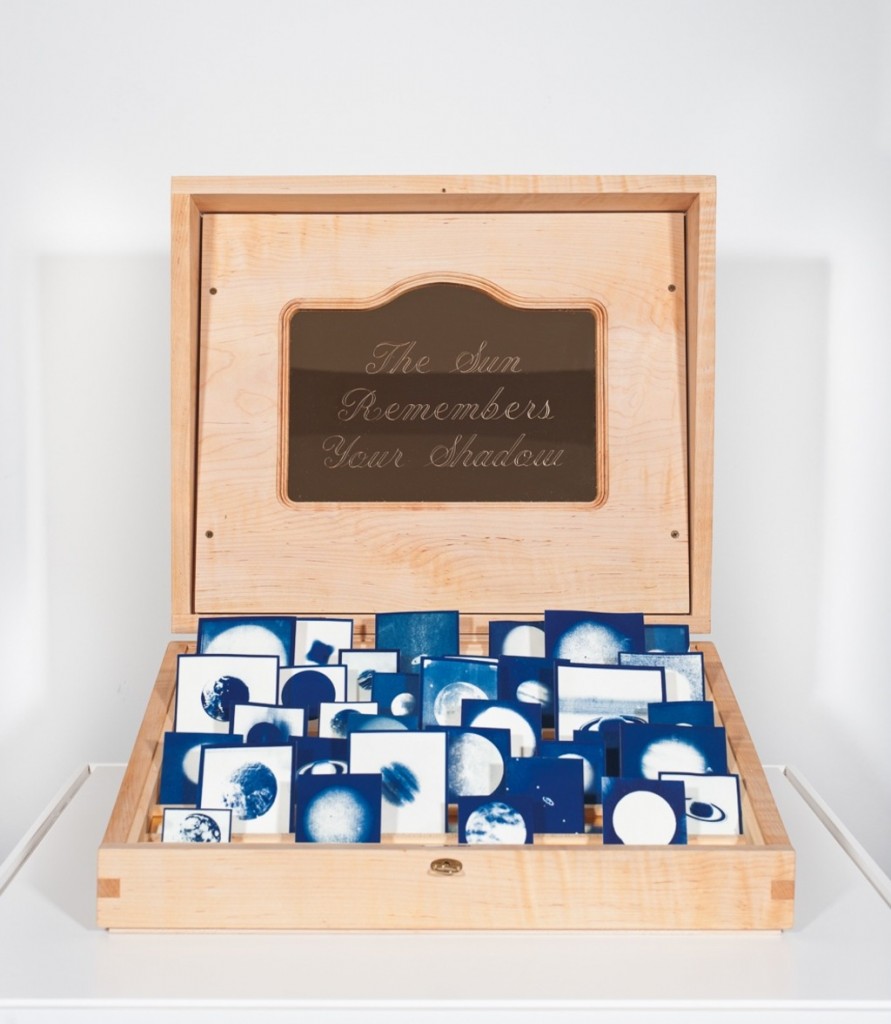I had coffee recently with cello-player-extraordinaire Nat Chaitkin. Nat plays cello everywhere in Cincinnati, it seems- with the Cincinnati Symphony, the Cincinnati Chamber Orchestra, and through his music advocacy program, Bach and Boombox, all over the city. Those facts do not begin to do him or his playing justice, though. Nat wants to change the way people experience and perceive classical music, and everything he does is geared towards breaking down the walls between musicians and audience. He tells his students to find the story in the music they are playing, for all music tells some kind of story. Figuring out what the story is requires imagining something that becomes visual. Conjuring up something visual, even if the story is only seen in the mind's eye, is something that visual artists can relate to.
Nat told me about an experience he had had at one of Cincinnati's street festivals with a woman who has synesthesia. Her form of this condition is such that when she hears music, she sees colors that change as the notes change. Nat ended up playing music in different keys, while she drew what she was "seeing" on the pavement with colored chalk. It is just one example of how music and visual art connect.
Here is Nat's full blog post about the encounter:
[embed]http://bachandboombox.com/your-experience-may-vary/[/embed]
Most photographers don't consciously think about how the sounds that exist in the environment in which they are photographing might affect what and how they photograph. This is too bad, because of course the sounds (and smells and tactile qualities) that surround us affect our experience of that environment, and thus affect the kind of art we make from it.
Nat's experience is a reminder that visual artists should try to remain aware of all of our senses as we create our work, and not just rely on our eyes or our brains.


